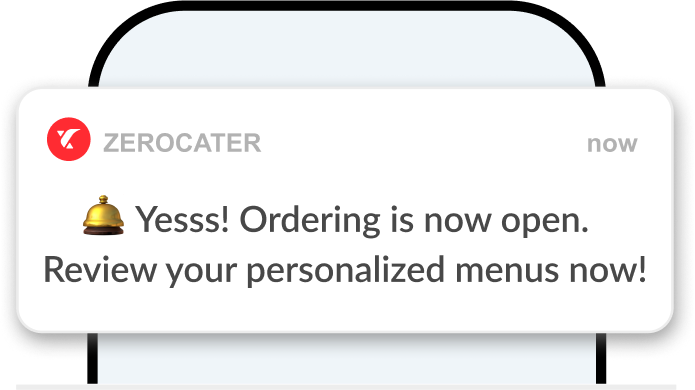By: Jamie Nichol
Think of that random conversation with a new colleague as you wait for the elevator, or the inside joke you formed with a coworker as you heat up your lunch in the microwave.
These are culture collisions. And here’s why the CultureIQ team can’t stop talking about them:
THE WHAT
At CultureIQ, we believe that great culture can be inspired anywhere. So we keep our eyes peeled and our ears perked at all times for inventive culture ideas to share. That’s how we stumbled upon the concept of culture collisions at the Zappos headquarters last year.
The term collisions can have a negative connotation, but in this context, it is quite the opposite of negative. Culture collisions refer to serendipitous encounters among people. The idea is that these interactions result in creative thinking, new ideas, and community.
At the Zappos headquarters, they encourage these interactions among colleagues every opportunity they get—from the spatial nudges in the office space to more formal policies and traditions.
THE WHY
For one, culture collisions can break down silos, the dreaded (and unfortunately all-too-common) challenge that we see in companies across industries, sizes, and ages.
The best type of collisions are those that occur between people of different divisions, locations, or levels. When employees from different teams have the chance to interact, they are more understanding of each other’s challenges and contributions. And through this, colleagues become much more than a name tied to an email address; they become people you respect and trust. These interactions add up to create a stronger sense of support, which is a key ingredient to any high-performance culture.
Even if silos aren’t among your company’s challenges, culture collisions are great for innovation. Some of the best ideas are formed by thinking outside your routine, or by gaining exposure to a unique perspective. What better way to put yourself in this situation than by interacting with the diverse characters in your office? Who knows, Cori from the Sales team might have the perfect solution to that problem you’ve been trying to solve.
THE HOW
Culture collisions can’t be forced, but they can be enabled by having the right space and time to occur.
Space
The water cooler is an office symbol for a reason. This is the epitome of a culture collision space—a place where people from different divisions, departments, and levels come together in an unforced way.
Every office should have some sort of common space to encourage random interactions among colleagues. This can be a game room, a break room, or even just a strategically placed coffee cart. These common areas should be designed and positioned to draw people from all parts of the office and not just those from a specific team. For example, instead of having a water cooler in each room, have a few in a central location, so that employees who work in different parts of the office will all gather around a central spot.
If you have a lot of employees who telecommute, consider creating virtual common spaces. This can be a discussion board or chat room dedicated to sharing ideas and thoughts. For example, at CultureIQ we have a “#random” Slack channel. It is exactly what it sounds like, and instead of getting us off track, it offers a fun space to share and laugh together.
Time
Sometimes time, not space, is needed to bring about culture collisions. Consider hosting events to bring people together with different skill sets and backgrounds. This can be as simple as the classic company happy hour, or you can mix it up with themed cross-team mixers.
If events aren’t in your budget, then consider reshaping some company policies to encourage interactions among employees. For example, every single employee at Zappos, including the CEO, jumps in to help with customer service during the holiday busy season. This encourages collaboration among employees who wouldn’t usually work together. It also increases the chances of coming up with innovative ways to approach existing problems.
![]() Jamie Nichol manages the marketing at CultureIQ, a culture management platform that helps companies measure, understand, and strengthen their culture. She spends her time exploring all things company culture and employee engagement, and loves learning about the secret sauce that makes companies tick.
Jamie Nichol manages the marketing at CultureIQ, a culture management platform that helps companies measure, understand, and strengthen their culture. She spends her time exploring all things company culture and employee engagement, and loves learning about the secret sauce that makes companies tick.
 to plan your catering
to plan your catering

